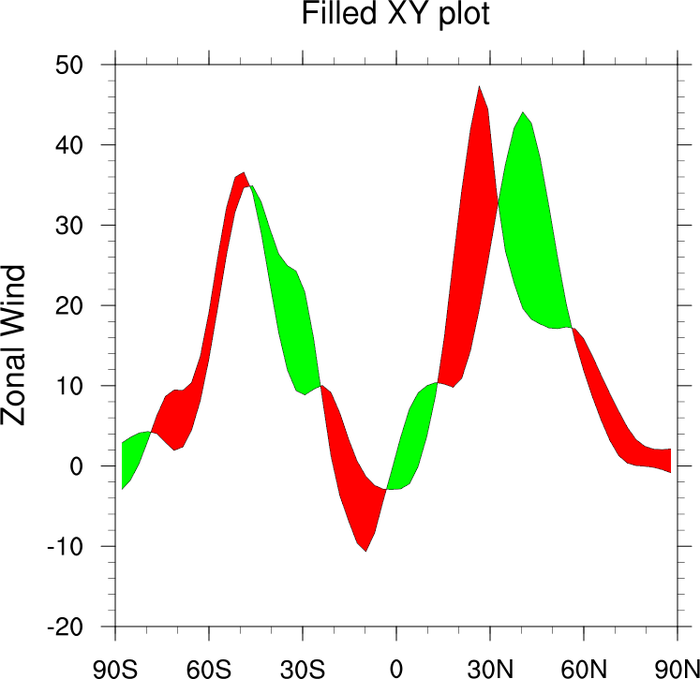- Your homework 4.4 is due Thursday; 4.5 due Monday.
- The substitution rule is the chain rule backwards. Every
differentiation rule is written backwards to create an
integration rule. Substitution is the flip side of the chain
rule.
- Q. What is the derivative of $\sin(x^3)$?
- A: $\cos(x^3)3x^2$
- Hence,
\[ \int{\cos(x^3)3x^2dx}=\sin(x^3)+C \]
That's the general idea. So, in terms of a definite integral, the rule is that \[ h(g(b))-h(g(a))=\int_{a}^{b}h'(g(x))g'(x)dx \] and, even better, \[ h(g(b))-h(g(a))=\int_{a}^{b}h'(g(x))g'(x)dx=\int_{g(a)}^{g(b)}h'(u)du \]
Forgetting for a moment that we might know how to solve this!;), we can always do the change of variables
\[ \int_{a}^{b}f(g(x))g'(x)dx=\int_{g(a)}^{g(b)}f(u)du \]
and hope that the integral on the right is easier to solve (certainly less cluttered). Notice especially the change in the limits on the integral.
Writing it in this last way may be mysterious, because of the change of variable to u (and the change in the limits); but it's the disappearance of g'(x) that's really curious. It falls right out of the change of variables, however: \[ u=g(x)\Longrightarrow\frac{du}{dx}=g'(x) \] Solving for du, we get
$du=g'(x)dx$ and hence that piece of the integrand disappears. - Q. What is the derivative of $\sin(x^3)$?
- Our author makes an important point on page 331: It is permissible to
operate with $dx$ and $dy$ after integral signs as if they were
differentials.
One thing you mustn't do is drop them!
- Examples:
- #2, p. 335
- #5
- #8
- #21
- #38
- #52
- #57
There's no great shakes here. In our introduction to the integral, we've begun by thinking of a definite integral as representing a signed area, between a curve and the x-axis. Now suppose that we want the area between two curves?

If one curve is always above the other, then we simply subtract the smaller area from the larger:

If the top curve is the graph of $f(x)$, and the bottom curve is the graph of $g(x)$, then the difference in the areas, which is what we want (in blue), is
\[ I=\int_{a}^{b}f(x)dx-\int_{a}^{b}g(x)dx = \int_{a}^{b}(f(x)-g(x))dx \]
Let's do some examples.
There are a couple of tricks here:
- One is to figure out what to do when two curves cross:

In this case, the sign of the area changes as $f$ and $g$ change roles (which one is above, which below). If we want the actual geometric area, and not the signed area, then we can use the absolute value:
\[ I = \int_{a}^{b}|\ f(x)-g(x)\ |\ dx \]
- The other trick is integrating along the y-axis, rather than
along the x-axis.

- #2, p. 349
- #3
- #6
- #17
- #31
- #41
- #45
- #46